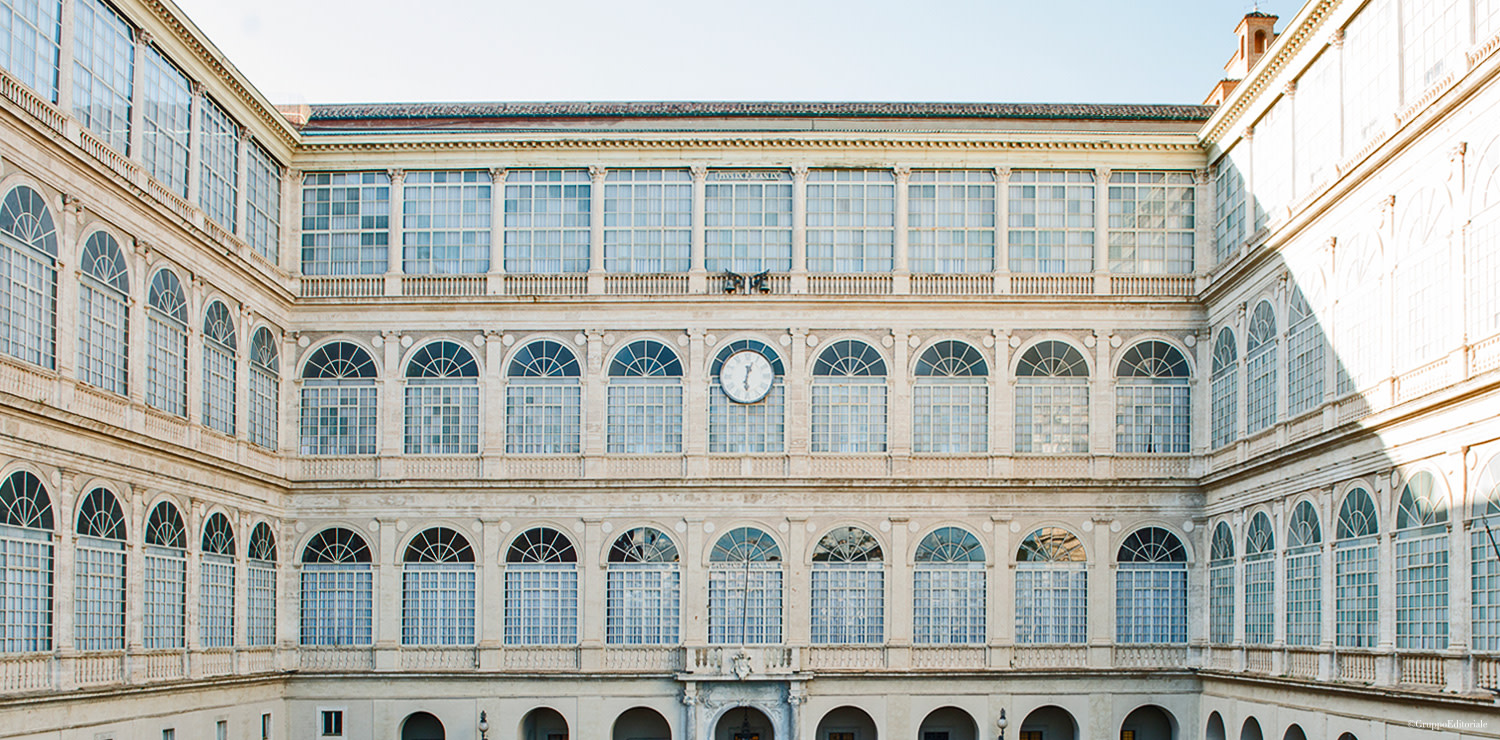Man of the time
Riccardo Romani, for more than 25 years, responsible for Vatican City’s clocks
Riccardo Romani crosses the Italian-Vatican border each Thursday morning at dawn with a mission: keeping the Vatican on-time. Since 1993 Riccardo has been taking care of its precious timepieces on behalf of Hausmann & Co. and his father before him for 15 years. Already in the 1800s, Hausmann & Co. supplied watches and clocks to important personalities inside the Roman Clergy. This relationship lead Pope Leo XIII in 1903 to instruct the Roman Company to restore the ancient Plansiferologio dei Farnese kept in the Vatican Museums.
How did you come to work inside the Vatican for Hausmann & Co.?
My father was already employed by the company, initially in sales, then as a technician. After the summer of 1992, given his decision to move towards retirement, the need arose to find someone for the fateful ‘handover’. The most logical choice was to turn to me. After about a year of intensive training at the laboratory and the first commissions at home (because it is never advisable to move pendulum clocks), I began working with my father in routine weekly maintenance operations inside the Vatican. At the beginning, I must say that I feared two things: the starting time of 6:15 am and the real possibility of getting lost in corridors and service stairways. I remember even drawing maps and it took almost two years to memorize them all!
Can you describe your average workday inside the Vatican?
On behalf of the Vatican’s ‘Floreria Apostolica’, Hausmann has the responsibility of maintaining and preserving about 80 pendulum clocks and another 25 that have been upgraded to quartz mechanisms, as an alternative to mechanical ones. I spend on average five to six hours, assuming no complications, moving around the Vatican from clock to clock. According to my pedometer, I walk about seven km on an average workday - to the Apostolic Palace, the Governorate, the Papal Almoner, the Pontifical Swiss Guard, the Gendarmerie, and the Train Station, just to name a few of my stops.
What sort of training have you had to do this role?
In 1992, I obtained a professional diploma as an electronic repair technician and an electrical engineer, where I learned the first notions of how to look for electrical and mechanical faults. After these five years of preparation, I was lucky enough to train at the Hausmann & Co. laboratory. Later, I learned on the job under my father’s keen eye.
Do you have a favorite clock inside Vatican City?
By now, after 26 years, I can say with certainty that each of the clocks I care for at the Vatican is a small piece of my working life, since I associate it with a person from that office. Thus, every watch has become ‘special’.
Can you tell me about one of the most memorable moments of your time working in the Vatican?
After the death of Pope John Paul II, I suggested that we silence the chimes of the great clock in the Courtyard of San Damaso. They agreed and I ensured this silence until after his funeral service. This was very important to me.
Giuseppe Valadier designed two clocks from 1786-1790 on both sides of front façade of St. Peter’s Basilica. The one on the right showing Central European Time is about half an hour behind the right time. The wrong time on the clock has said to be an attempt to keep the Devil guessing about the day and the hour. Can you tell me anything about this?
There are so many legends on the matter. Probably it is the result of a simple misunderstanding; the reading error is because the single hand does not jump from one hour to another, but progresses constantly. This is the official explanation anyway!









